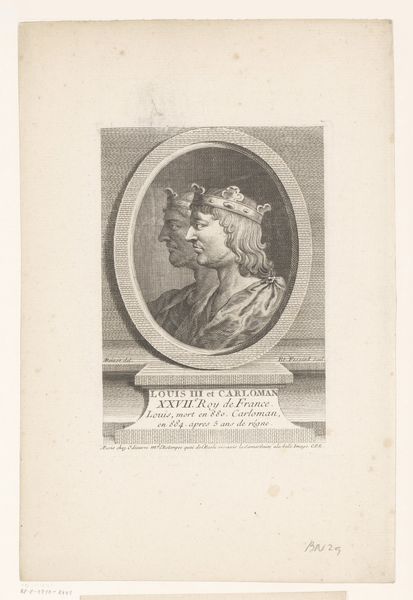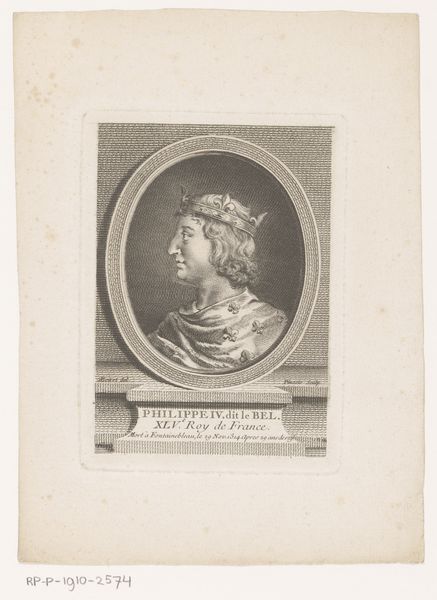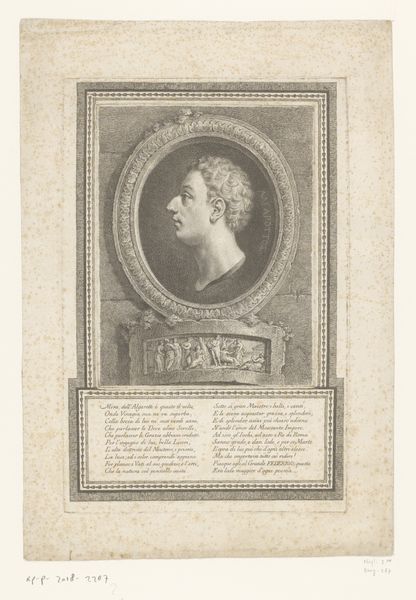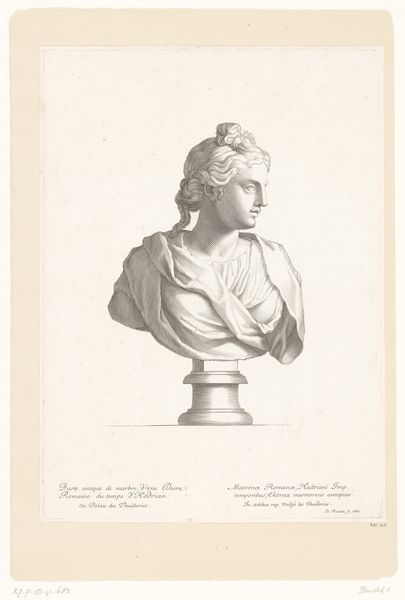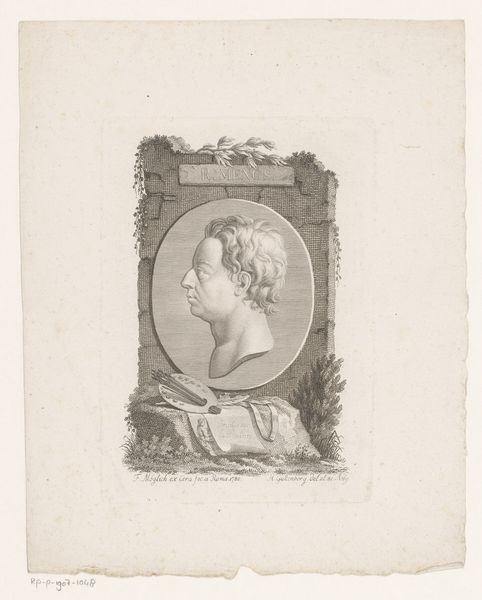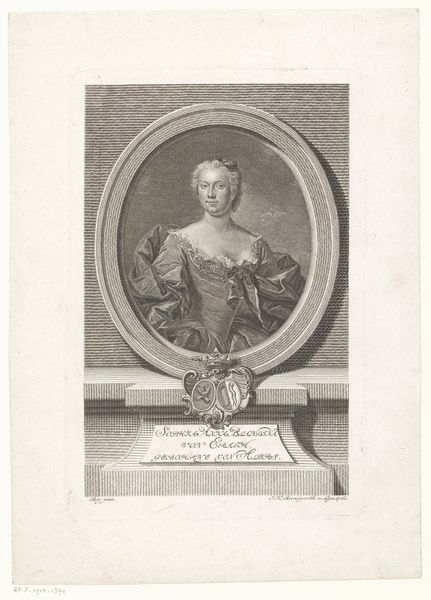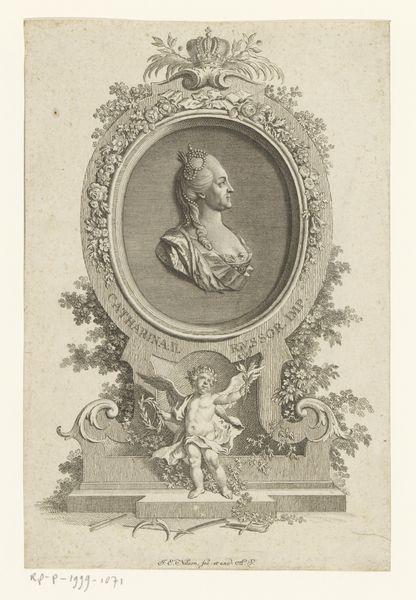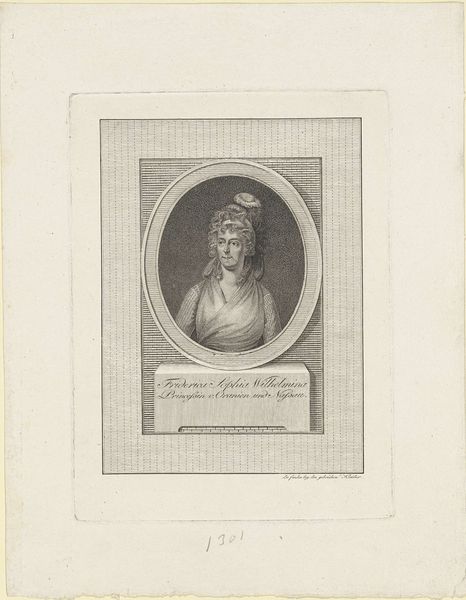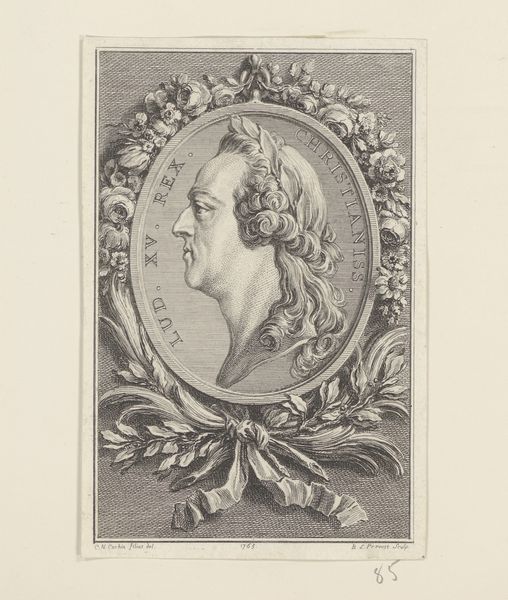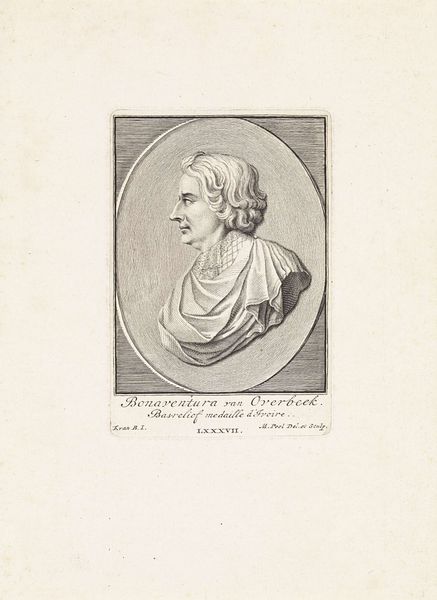
engraving
#
portrait
#
neoclacissism
#
classical-realism
#
figuration
#
form
#
line
#
engraving
Dimensions: height 151 mm, width 110 mm
Copyright: Rijks Museum: Open Domain
This print of Otto IV was made in the 18th century by Jean Ouvrier. Its fine lines and controlled shading indicate that it was made using an engraving technique. This involved carefully incising an image onto a metal plate, applying ink, and then pressing paper against the plate to transfer the image. The visual effect is entirely dependent on the manual dexterity of the engraver. Each line speaks to the artist's skill, which would have taken years to develop. But there's more to it than just craftsmanship. The print also shows how the labor of image-making became systematized in the 1700s. Portraits like this were important for circulating status and power. They were luxury goods, certainly, but made using a relatively efficient process of reproduction. So while we can admire the detail in Ouvrier’s print, we can also consider it as part of a broader social and economic system – one in which art served specific functions, and skill was a valuable commodity.
Comments
No comments
Be the first to comment and join the conversation on the ultimate creative platform.
